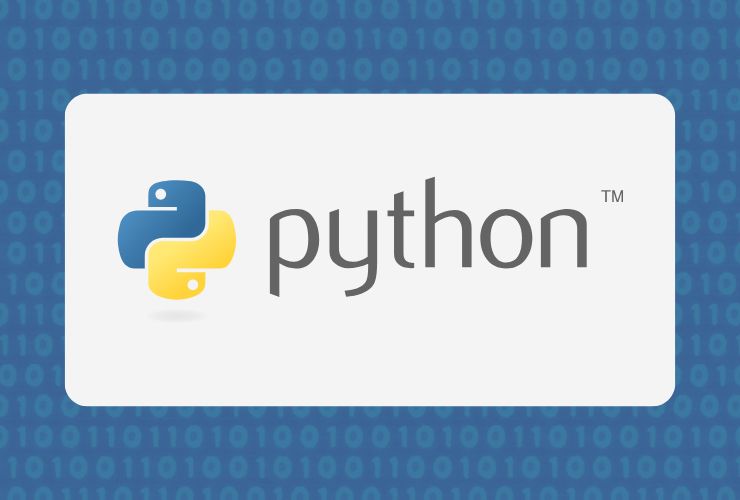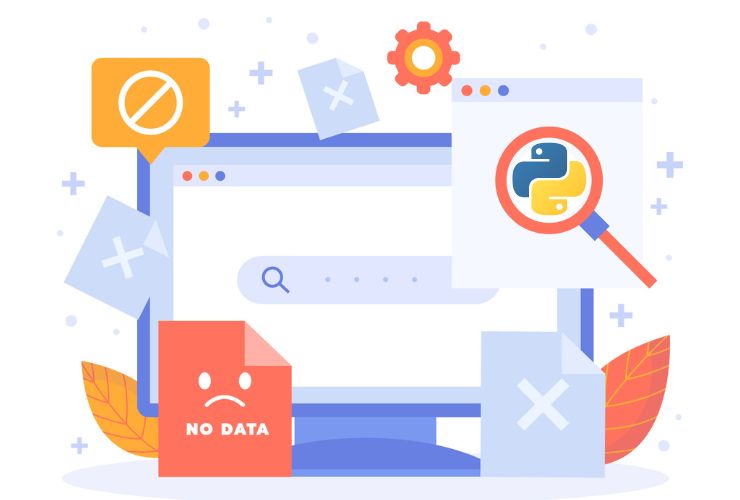In today’s fast-paced digital world, companies are compelled to optimize their operations through automation if they want to maintain their competitive edge. One of the easiest and most practical routes to take when implementing automation is with the Python programming language, which has quickly grown to be a leading programming language for automating repetitive tasks and optimizing processes.
From fleets of spreadsheets to huge datasets, to software integrations, Python allows teams to increase output with a fraction of the effort and fewer errors.
Why Python for Automation?
It is highly likely that you have come across Python. Python is a simple and versatile programming language that can appeal to both technical and non-technical users alike. Because of its clean syntax and rich ecosystem of libraries, Python makes it easy for developers to write automation scripts to address real-world issues at constant speed.
From startups to large multinational corporations, Python is now the standard development tool used to build scalable, custom automation solutions.
Business Use Cases of Python Automation
1. Data Entry and Processing
Many data processing tasks involve doing the same things manually which is not only tedious, but is typically very error-prone. Some of data processing use cases where Python can automate:
- Reading and writing Excel and/or CSV files using pandas and openpyxl, etc.
- Transforming and cleaning data
- Synthesizing automated reports, dashboards, etc.
Real-world example:
A financial services firm was able to automate the reconciliation of all invoices between SAP and the State E-Invoice System with Python, saving them around 125 hours every month.
2. Email and Communication Automation
Using libraries like smtplib and imaplib, Python (with added libraries) can:
- Send out customized bulk emails
- Scan inboxes for specific triggered communications
- Auto-respond all based on defined rules
Real Life Example:
A company who was manually responding to customer support emails, was able to automate their entire customer support email response and time-to-response metrics thus increasing their overall customer satisfaction.
3. Web Scraping and Competitive Monitoring
Using Python tools like BeautifulSoup and Selenium you can:
- Extract prices, reviews, trends from competitors
- Monitor stock or news sites in real time
- Automatically populate business intelligence dashboards
Real Life Example:
An e-commerce platform used Python scripts to scrape competitor websites to readjust their pricing model accordingly.
4. File and Folder Management
Python can help you with:
- Automating organizing files and folders
- Bulk renaming or moving files
- Backing up important files periodically
Real Life Example:
A legal firm would document and auto-organize docs and cut their manual sorting time by 70%.
5. API Integration and Workflow Automation
Using Python’s requests or httpx libraries you can:
- Connect and sync data among applications like CRMs, ERPs, and databases
- Automate customer service workflows or sales pipelines
- Schedule automated triggers to sync data periodicality
Real Life Example:
A logistical organization utilized python scripts to integrate their inventory system to automate order processing and inventory stock updates.
6. Excel and Google Sheets Automation
Python can do many things, including:
- Extract and transform data
- Apply automatic formatting techniques and conditional formatting rules
- Automatically update data from API endpoints into your sheets in real-time
Real-World Example:
A marketing agency used Python to automate reporting on a monthly basis by extracting and combining the data from multiple sources and pushing it into a Google Sheets file
7. Customer Support and Chatbots
Python can allow you to take a lot of work out of your customer support by automating answers to frequently asked questions
Real-Word Example:
A telecommunications business employed a Python-based chatbot and reduced customer service wait times by 50%
8. Cocked a Twitter bot
Manage social media posting, track brand mentions, and analyze engagement.
Real-World Example:
A retail brand used Python scripts to schedule and submit content across multiple social media platforms and increase a brand’s engagement by 30% by making it possible to post multiple times a day.
9. Inventory and Supply Chain Management
Python can:
- Understand the inventory levels and send restocking alerts
- Integrate with warehouse management systems to provide better logistics
- Use applied machine learning and other techniques to anticipate demand and avoid stock shortages and so on
Real-World Example:
A consumer goods company was able to reduce stock outs by 35% and also reduce excess inventory holding by 25% using Python to forecast demand.
How Empirical Edge Can Assist
Empirical Edge craftsmen bespoke Python automation solutions that address specific business challenges. From systems integration and report automation to building bots that do monotonous tasks, we are able to do it all using Python to drive efficiencies in business processes that ultimately saves costs and enhances productivity.
From finance and HR services to marketing and logistics, we help organizations of all shapes and sizes develop and implement Python-based automation and measure ROI.
Conclusion
Python is not just a programming language; it is a business enabler. Because of the ever-evolving ecosystem and plethora of libraries, and its ease of use, Python has changed how you can automate everything from simple tasks, to complicated workflows to get your job done right.
If you are looking to eliminate repetitions in work and scale your business in a sustainable manner, automating with Python might be the best solution; and Empirical Edge is there to support you along the way.














